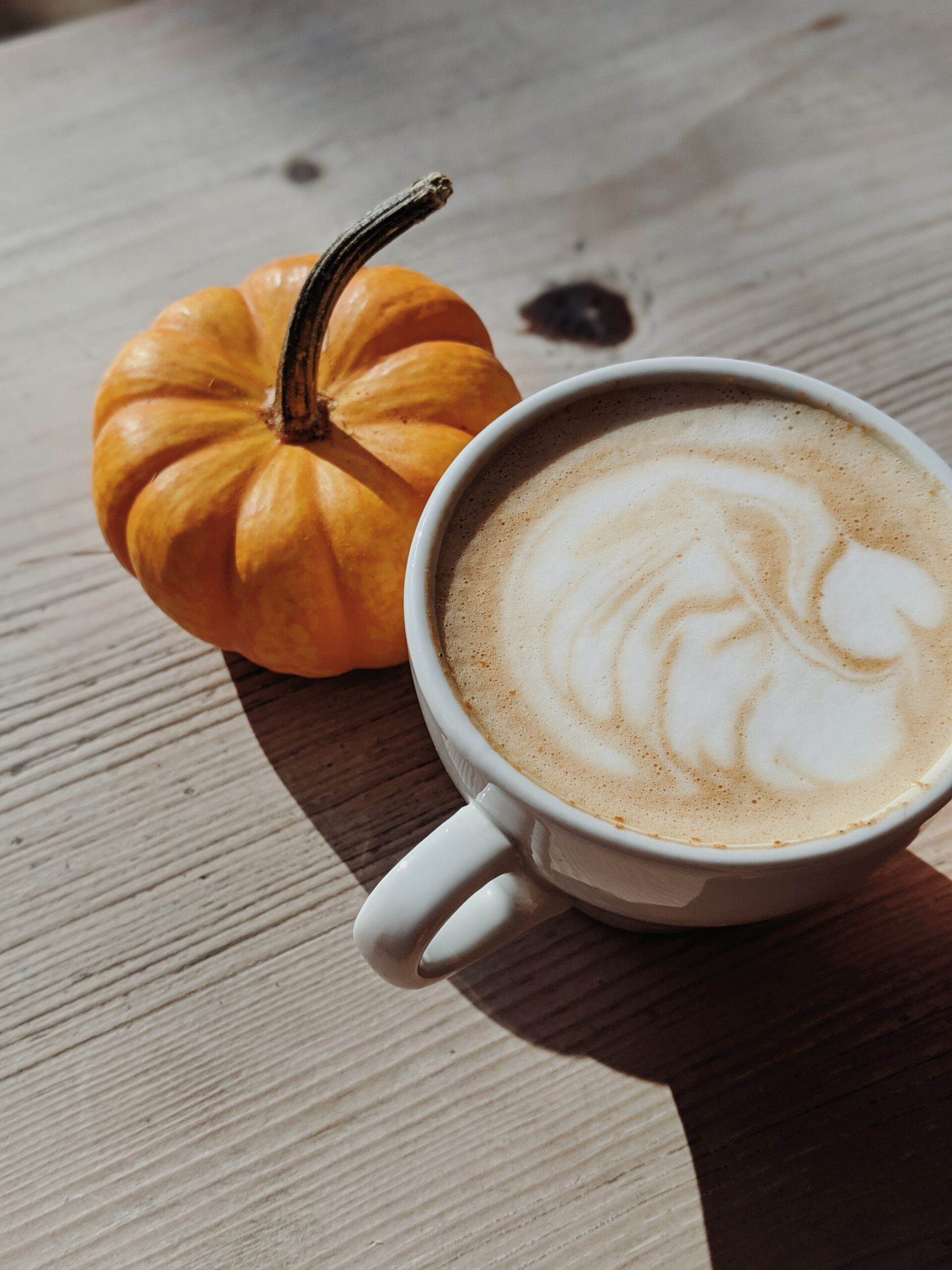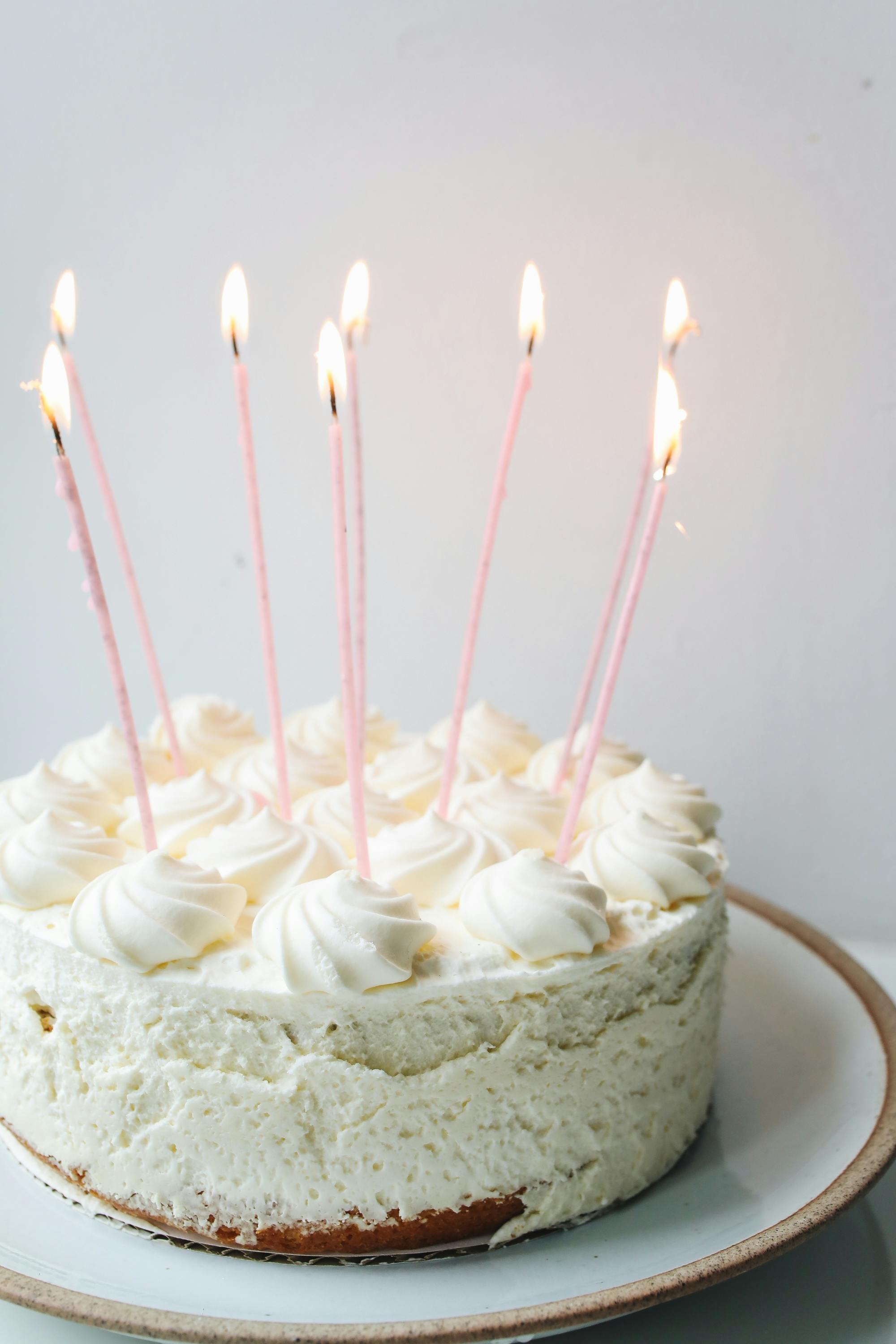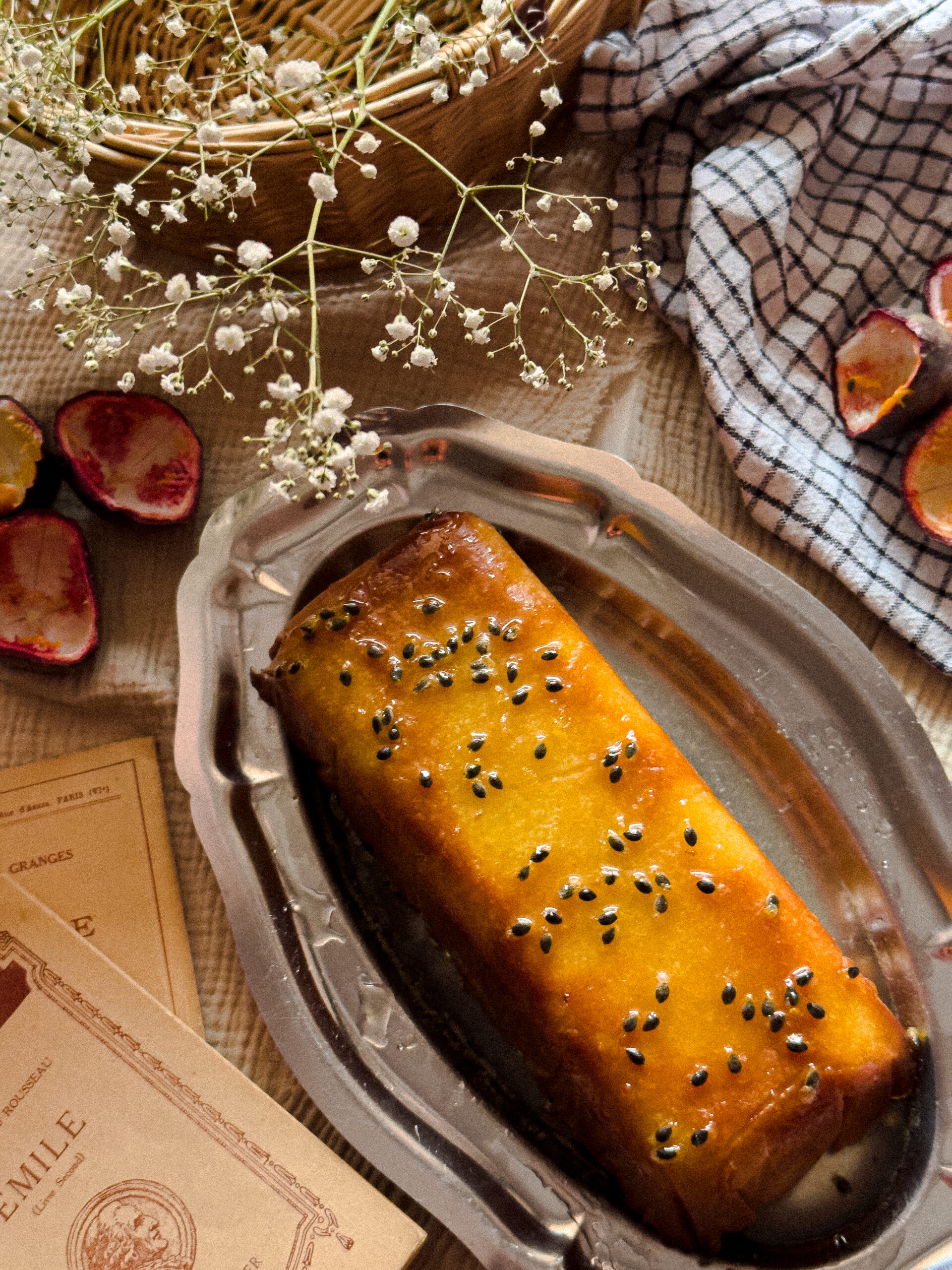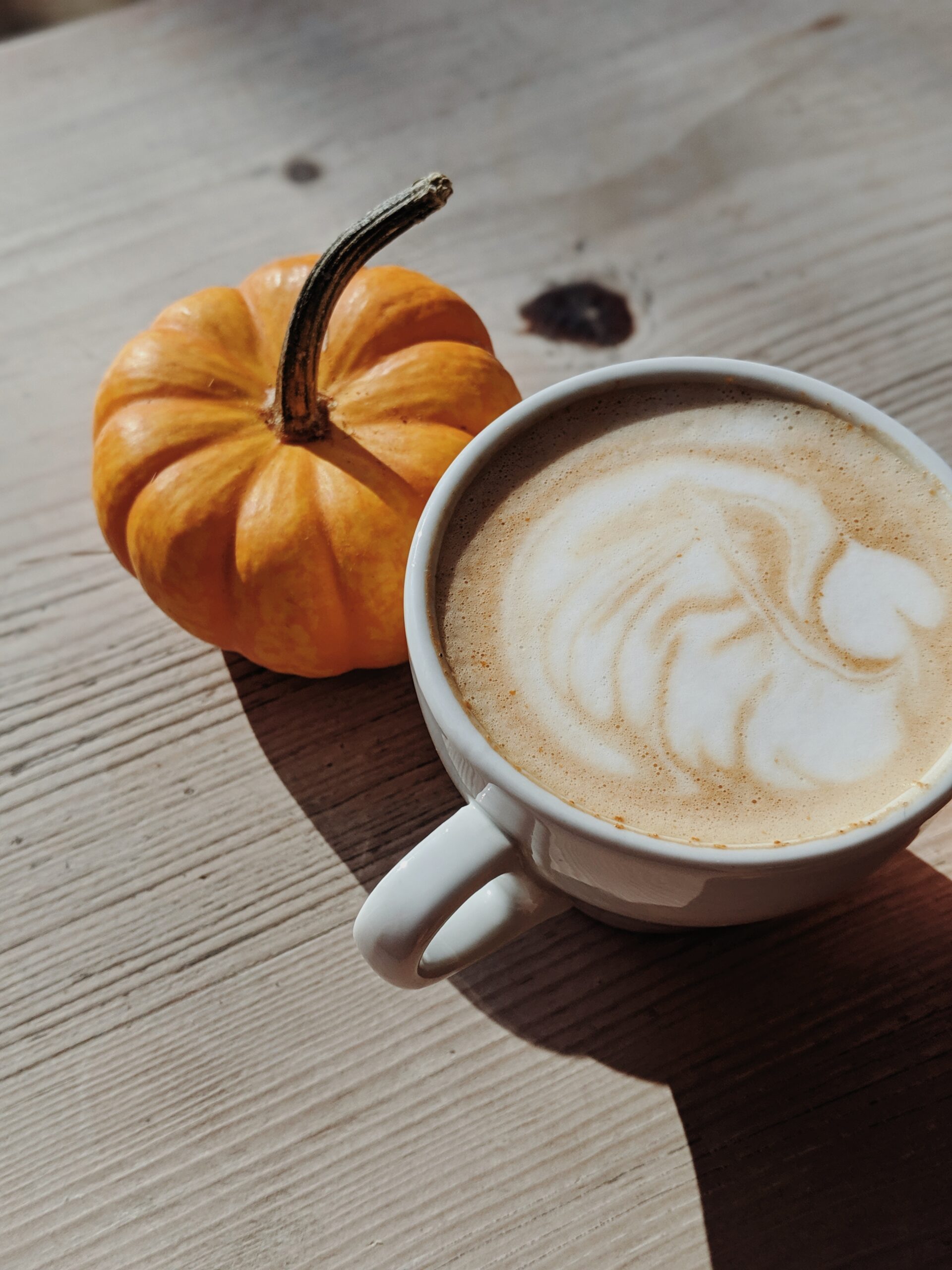Indulge in your love for chocolate and take your baking skills to the next level with our expert tips and techniques. In our comprehensive guide, “Baking With Chocolate: Tips For Chocoholics,” we’ll show you how to master the art of baking with this beloved ingredient. From selecting the best chocolate for your recipes to achieving the perfect texture and flavor in your baked goods, our tips will help you create decadent desserts that will satisfy even the biggest chocoholic’s cravings. Whether you’re a novice or a seasoned baker, our guide is the ultimate resource for anyone looking to elevate their chocolate baking game. So grab your apron and get ready to embark on a chocolate-filled baking adventure that will leave you craving for more.
Choosing the Right Chocolate
When it comes to baking with chocolate, it’s important to understand the different types available. Whether you’re making chocolate chip cookies or a decadent chocolate cake, the type of chocolate you choose can make a big difference in the flavor and texture of your baked goods.

Understanding different types of chocolate
There are three main types of chocolate: dark chocolate, milk chocolate, and white chocolate. Dark chocolate has a higher percentage of cocoa solids and a more intense flavor, making it ideal for bakers who prefer a rich and bittersweet taste. Milk chocolate contains a smaller percentage of cocoa solids, along with added milk solids and sugar, resulting in a sweeter and creamier flavor. White chocolate, on the other hand, does not contain any cocoa solids but is made from cocoa butter, giving it a smooth and buttery taste.
When choosing chocolate for baking, it’s important to look for high-quality options. The quality of the chocolate can greatly impact the taste and texture of your baked goods. Look for chocolate that is labeled as “real chocolate” or “pure chocolate,” as these varieties have a higher cocoa content and fewer additives.
Quality indicators to look for
When selecting chocolate for baking, keep an eye out for a few key indicators of quality. First, check the ingredient list. The fewer the ingredients, the better. Look for chocolate that lists cocoa mass or cocoa solids as the main ingredient, rather than sugar or vegetable oils.
Another important factor to consider is the cocoa percentage. Higher percentages of cocoa solids indicate a richer and more intense flavor. For dark chocolate, aim for a cocoa percentage of at least 70% for the best results. Milk chocolate will typically have a lower cocoa percentage, usually around 30% to 40%.
Lastly, pay attention to the appearance of the chocolate. Good quality chocolate should have a glossy and smooth surface. If you notice any discoloration or white spots, it may be a sign of poor quality or improper storage.

Best chocolate for baking
When it comes to baking, the type of chocolate you choose will depend on your personal preference and the specific recipe you’re making. However, certain types of chocolate work better in certain types of desserts.
For rich and indulgent desserts like chocolate cake or brownies, dark chocolate is often the preferred choice. Its intense flavor and high cocoa content add depth and complexity to baked goods. Dark chocolate also pairs beautifully with flavors like coffee, nuts, and spices.
Milk chocolate, with its creamy and sweet taste, works well in recipes that call for a milder chocolate flavor. It is a popular choice for cookies, muffins, and lighter desserts. Milk chocolate is also a great option for those who prefer a sweeter treat.
White chocolate, although technically not a true chocolate, can add a luxurious touch to baked goods. Its creamy and buttery flavor works well in desserts like cheesecakes, cookies, and frosting. White chocolate can also be used for decorative purposes, such as drizzling or piping.
Overall, the best chocolate for baking is one that matches your desired flavor profile and complements the other ingredients in your recipe. Experiment with different types of chocolate to find your perfect match.
Melting Chocolate
Melting chocolate is a crucial step in many baking recipes. Whether you’re making ganache, dipping strawberries, or creating a chocolate drizzle, it’s important to melt the chocolate properly to achieve a smooth and glossy texture. However, melting chocolate can be a bit tricky if you don’t know the right techniques.
Methods for melting chocolate
There are several methods you can use to melt chocolate, depending on your preference and the equipment you have on hand. Here are a few popular methods:
-
Double boiler method: This is the most traditional and foolproof method for melting chocolate. Fill a saucepan with a few inches of water and bring it to a simmer. Place a heatproof bowl on top of the saucepan, ensuring that the bowl does not touch the water. Add the chocolate to the bowl and stir occasionally until melted.
-
Microwave method: If you’re short on time, the microwave method is a quick and convenient option. Chop the chocolate into small pieces and place them in a microwave-safe bowl. Heat the chocolate in short bursts, stirring in between each burst to ensure even melting. Be careful not to overheat the chocolate, as it can easily burn in the microwave.
-
Stovetop method: If you don’t have a double boiler, you can also melt chocolate directly on the stovetop. Place the chocolate in a heatproof bowl and set it over a pot of simmering water. Stir the chocolate occasionally until melted.

Avoiding common mistakes
Melting chocolate may seem simple, but it’s easy to make mistakes that can ruin the texture and consistency of the melted chocolate. Here are a few common mistakes to avoid:
-
Getting water in the chocolate: Water is the enemy of melted chocolate. Even a small amount of water can cause the chocolate to seize or become grainy. Make sure all your utensils and equipment are completely dry before melting chocolate. Be careful when using the double boiler method to prevent steam from entering the bowl.
-
Overheating the chocolate: Chocolate is sensitive to heat and can easily burn if heated too quickly or at high temperatures. Heat the chocolate gently and stir it frequently to ensure even melting. Remove the chocolate from the heat as soon as it is fully melted.
-
Stirring too vigorously: When melting chocolate, it’s important to stir it gently to avoid incorporating air bubbles. Stir the chocolate in a slow and steady motion until smooth. Vigorous stirring can cause the chocolate to become grainy or develop a dull appearance.
Tempering chocolate for better results
Tempering chocolate is an extra step that can greatly improve the texture and appearance of your melted chocolate. Tempered chocolate has a shiny finish, a crisp snap, and is less likely to become dull or bloom (develop white streaks) over time.
To temper chocolate, you’ll need to heat and cool it to specific temperatures while continuously stirring. This process helps stabilize the cocoa butter crystals in the chocolate, resulting in a smooth and glossy texture. It can be a bit more time-consuming and requires a candy thermometer, but the end result is worth the effort.
To temper chocolate, follow these steps:
-
Chop the chocolate into small, uniform pieces. Place two-thirds of the chocolate in a heatproof bowl.
-
Set up a double boiler and bring the water to a simmer. Place the bowl with the chocolate over the simmering water and melt it, stirring frequently, until the temperature reaches 115°F for dark chocolate or 110°F for milk or white chocolate.
-
Remove the bowl from the heat and add the remaining one-third of the chocolate. Stir continuously until all the chocolate is melted and the temperature drops to 88°F for dark chocolate or 86°F for milk or white chocolate.
-
Once the desired temperature is reached, return the bowl to the double boiler and heat for a few seconds until the chocolate reaches 90°F for dark chocolate or 88°F for milk or white chocolate.
-
Your chocolate is now tempered and ready to use. Pour it into molds, dip fruits or cookies, or use it as desired. Allow the chocolate to set at room temperature until firm.
Tempering chocolate can be a great technique to master if you want to take your chocolate creations to the next level. However, it is not always necessary for every baking recipe. Practice and experiment with tempering chocolate to find when it is worth the extra effort.

